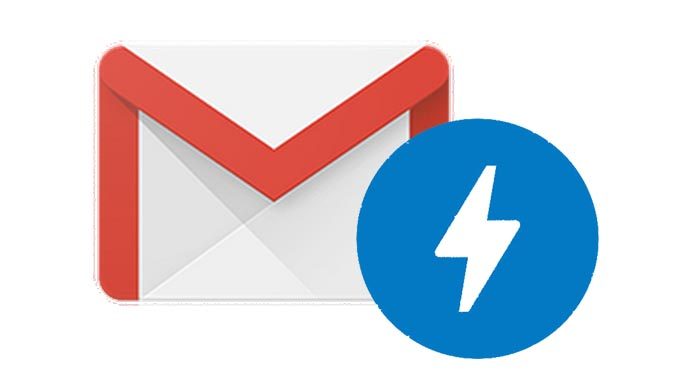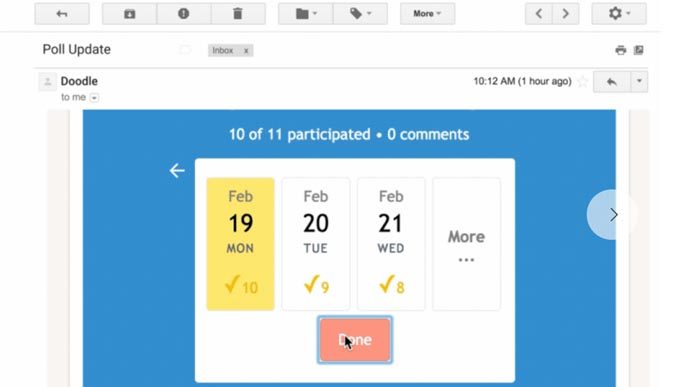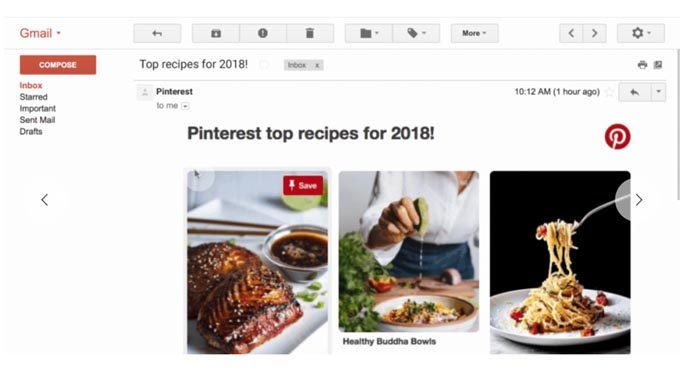It may surprise you to learn that the very first incarnation of my blog, if you want to call it that, didn’t even have a webpage. It had no monetization and zero graphics whatsoever. Oh, and it was distributed only via email. In fact, I didn’t even know of the word “blog” way back in 1999 and I referred to my humble online blurb as just an “email newsletter.”
Somewhere along the way, even though we continued to use email the entire time, the notion of maintaining a mailing list fell to the wayside, eventually favoring social media platforms like Twitter and Facebook to better reach our audiences and distribute our content. However, you’ve likely noticed in recent years that email marketing has experienced a significant resurgence.
Maybe it’s because email, unlike today’s social networks, is not subject to same kind of heavy-handed algorithms that act as gatekeepers for what content is seen by what people. Make it through the spam filter and your message is generally shown in reverse chronological order, regardless of whether the end user receives that message in Gmail, Outlook, Yahoo, or any number of email providers. And it doesn’t really matter what device they read it on either, whether that’s an Android phone, an iPad, a Windows laptop or even a Linux PC.
That appears to be changing.

Announced via the official Google blog by Gmail Product Manager Aakash Sahney, AMP for Email effectively translates or ports the same philosophy behind the AMP Project to the context of email. They say this is delivering the “power” of AMP to the email inbox.
As a quick refresher, AMP stands for Accelerated Mobile Pages. It’s a project and standard by which web developers can adapt their webpages so that they are fully optimized for viewing on mobile devices. The idea is that the load time is cut down tremendously, stripping away superfluous elements to provide a much simpler, cleaner user experience.
Google has obviously been prioritizing webpages that adhere to AMP standards in the search engine results pages, because AMP-optimized pages presumably provide the best user experience on mobile. Many top publications utilize this technology and you’ll find that many WordPress themes do too.

With AMP for Email, the focus is less on providing the fastest loading user experience possible, but rather on elevating the user experience to make for email “experiences” that are “more engaging, interactive, and actionable.” This distinction is very important. The goal is to keep you within the silo of email without having to visit an external website, just like how Facebook tends to favor content that keeps you on Facebook.
Say, for example, that you want to send out a customer survey. Right now, you’d essentially include a link to your survey inside of your email message. You might make the email look nicer with some HTML and graphics and such, but the call to action would be to click on a button (or link) and be taken to some webpage to complete the survey.
If you were to concoct a similar scenario but designed with AMP for Email, the recipient could conceivably complete the survey from right inside his or her email inbox. In effect, the email message is no longer static; instead, it acts much more like a live webpage and is fully interactive. Google also mentions examples like submitting an RSVP to an event or scheduling an appointment.
The content of the email could also be updated even after you’ve already sent the message. “Live” elements could reside within the message so that the recipient effectively receives the most up-to-date information possible. This could be useful for news stories, travel updates, shipping progress, and so forth. You know how many bloggers include their latest posts in their email newsletters? Now the “newest” post could quite literally be the “newest” post on the live site.

Another example they highlight is the ability to browse through Pinterest and pin content, all without leaving your Gmail account either. And you can manage your email subscription preferences from right within the message too, or see the latest travel deals instead of getting information that’s 12 or more hours old.
This could prove to be a monumental game changer for email marketing, because it can drastically impact how you leverage the power of email marketing for your business. The possibilities are limitless, even if some people might think that AMP for Email is a terrible idea. Other people might say that email is due for some major evolution and this could be it.
What do you think? What are some of the more creative or practical applications for AMP for Email that you could see being implemented in your own email marketing campaigns? The spec is available through Github if you want to start experimenting.